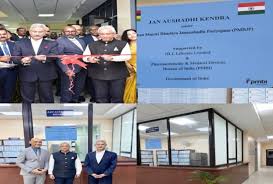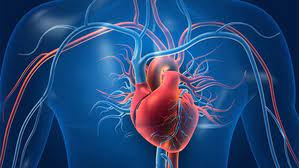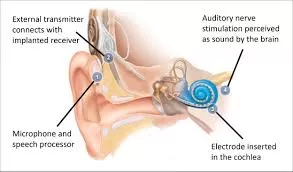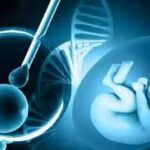EAST LANSING, MI – In a significant step forward for women’s health, researchers at Michigan State University (MSU) and collaborating institutions have made progress in understanding the cellular mechanisms behind endometriosis, paving the way for potential non-hormonal treatments. This breakthrough offers hope to the estimated 200 million women worldwide who suffer from this debilitating condition.
Endometriosis, a condition where tissue similar to the uterine lining grows outside the uterus, causes severe pain and can lead to infertility. Despite its prevalence, affecting as many women as Type 2 diabetes, rheumatoid arthritis, and migraines, endometriosis remains poorly understood and often misdiagnosed.
“Endometriosis is an understudied disease,” stated Asgerally Fazleabas, professor and associate chair of research in the Department of Obstetrics, Gynecology and Reproductive Biology at MSU. “Unless you go to a physician who knows what endometriosis is, it may be misinterpreted as a gastrointestinal problem or inflammatory bowel disease.”
The new research, funded by the National Institutes of Health and the Endometriosis Foundation of America, focuses on the communication between macrophage cells of the immune system and cells within endometriosis lesions. The study, published in iScience, reveals that epithelial cells within these lesions can manipulate macrophages, causing them to promote tissue repair rather than clear harmful substances, thus exacerbating the condition.
“What we were able to show is that the epithelium—a layer of cells within an endometriosis lesion—is able to selectively communicate with the macrophages and alter their function within the immune system,” Fazleabas explained. “Instead of taking out the trash, so to speak, they are making the problem worse.”
The study highlights the challenges in diagnosing endometriosis, particularly in adolescents, where symptoms often begin. “Endometriosis begins for most girls in adolescence—when they start having their periods, sometimes as early as eight years old,” said Fazleabas. “Many of these girls have periods complicated with very severe pelvic pain that lasts throughout their teenage years. It affects so much of their normal life. Many of them cannot even go to school when the pain is intense, and it also significantly affects their social life.”
Diagnosis is further complicated in older women by other gynecological conditions like fibroids or adenomyosis. The only conclusive method is a laparoscopy, a surgical procedure often avoided, especially in young girls.
This research provides a crucial baseline for developing non-hormonal therapies, offering a potential alternative to current treatments that often rely on hormones and can have significant side effects. The study’s findings on the cellular crosstalk within endometriosis lesions could lead to targeted treatments that disrupt this harmful communication, offering much-needed relief to millions of women.
“What we’ve shown in this paper is that the epithelial cells can communicate with the macrophages,” concludes Fazleabas. “Our hypothesis is that their cross talk potentially provides an environment that’s conducive to the development of the disease.”
This baseline for understanding cellular cross talk provides a foundation for further research that could lead to better therapies for the treatment of endometriosis.
More information: Gregory W. Burns et al, Spatial transcriptomic analysis identifies epithelium-macrophage crosstalk in endometriotic lesions, iScience (2025). DOI: 10.1016/j.isci.2025.111790
Disclaimer: This article is based on information available at the time of publication and does not constitute medical advice. Readers should consult with a healthcare professional for diagnosis and treatment of any medical condition. Research is ongoing, and future studies may yield different results.












